The centuries-old craft of Venetian gondola building remains one of the world’s most exquisite examples of maritime woodworking. Nestled in the quiet corners of Venice, a handful of squeri—traditional boatyards—still operate, preserving techniques passed down through generations. At the heart of this artistry lies the careful selection of eight distinct types of wood, each chosen for its unique properties that contribute to the gondola’s strength, flexibility, and legendary grace on the water.
Walking into a squero, the scent of aged timber is immediate—a rich, earthy aroma that speaks of history and craftsmanship. The gondola, an asymmetrical masterpiece, demands materials that can withstand the brackish canals while maintaining elegance. Oak, known for its durability, forms the backbone of the vessel, used for the keel and structural ribs. Its resistance to rot and warping makes it indispensable, ensuring the gondola’s skeleton endures decades of use.
For the hull, shipbuilders turn to larch, a wood prized for its water-resistant qualities. Larch’s tight grain and natural resins create a barrier against the relentless moisture of Venice’s canals. Planks of larch are carefully bent and shaped using heat and steam, a process requiring an artisan’s touch to achieve the gondola’s signature curves. The result is a hull that glides effortlessly, its surface smooth and impervious to the elements.
The gondola’s interior, however, calls for warmth and beauty. Here, walnut takes center stage, its deep, lustrous grain adorning the passenger compartments. Walnut is both sturdy and workable, allowing for intricate carvings that elevate the gondola from mere transport to a floating work of art. The contrast between the walnut’s richness and the lighter larch hull is deliberate—a visual harmony that mirrors the balance of function and form.
No discussion of gondola woods would be complete without elm, chosen for the oarlocks. Elm’s interlocking grain gives it unparalleled toughness, capable of withstanding the constant friction of the oar. It’s a wood that refuses to splinter, a critical trait for a component that must endure thousands of strokes across a gondolier’s career. The elm’s resilience is a quiet testament to the boatyard’s understanding of material science long before the term existed.
Lighter woods play their part as well. Fir, with its straight grain and lightweight properties, is used for the decking and seats. Its pale hue brightens the gondola’s interior, while its buoyancy aids in keeping the vessel nimble. Meanwhile, cherry finds its place in the decorative trim, its reddish tones deepening with age and exposure to sunlight. Cherry’s smooth texture invites touch, a subtle luxury for passengers.
Two lesser-known but equally vital woods round out the selection. Mahogany, imported for its stability and resistance to swelling, is often reserved for the gondola’s trim and detailing. Its exotic origins hint at Venice’s maritime trade history, a nod to the city’s past as a global power. Finally, lime wood, soft and easy to carve, is the choice for ornate figureheads and embellishments. Its pale, almost luminous quality catches the light, adding a final flourish to the gondola’s aesthetic.
The process of selecting and seasoning these woods is as much an art as the construction itself. Timber is often aged for years, sometimes decades, to ensure stability. Master builders—maestri d’ascia—inspect each plank with a discerning eye, rejecting any with imperfections. The wood must be flawless, as even a minor flaw could compromise the gondola’s integrity or balance.
In an age of fiberglass and mass production, the Venetian gondola stands as a defiant symbol of tradition. Each of the eight woods is a chapter in a story that spans centuries, a narrative of adaptation and reverence for natural materials. To ride in a gondola is to travel not just across water, but through time—a journey made possible by the silent, enduring strength of carefully chosen timber.
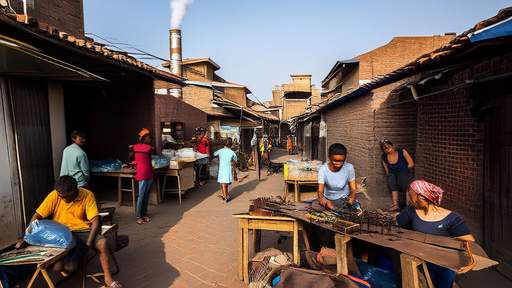
By /Jun 5, 2025

By /Jun 5, 2025

By /Jun 5, 2025
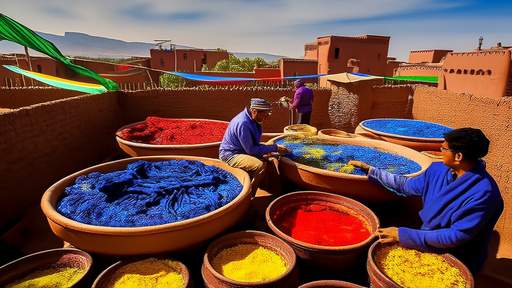
By /Jun 5, 2025

By /Jun 5, 2025
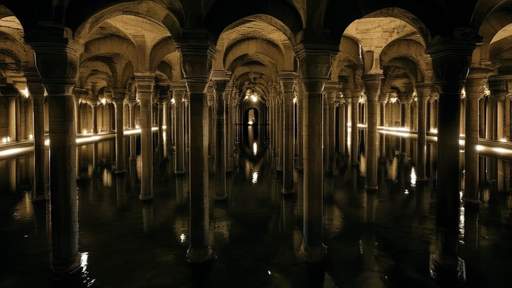
By /Jun 5, 2025

By /Jun 5, 2025
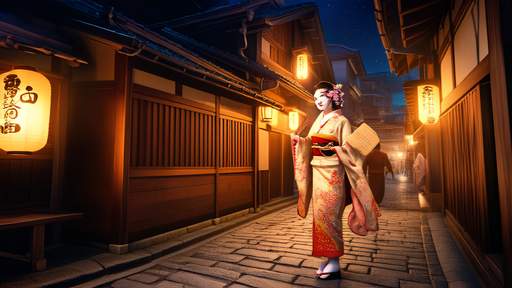
By /Jun 5, 2025

By /Jun 5, 2025

By /Jun 5, 2025

By /Jun 5, 2025
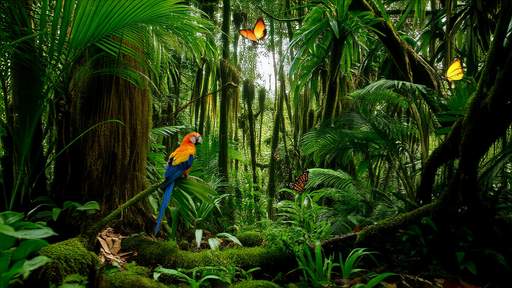
By /Jun 5, 2025

By /Jun 5, 2025

By /Jun 5, 2025

By /Jun 5, 2025
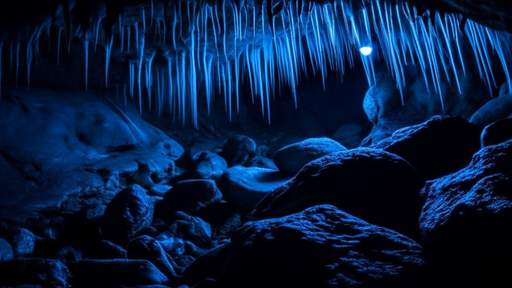
By /Jun 5, 2025

By /Jun 5, 2025

By /Jun 5, 2025

By /Jun 5, 2025
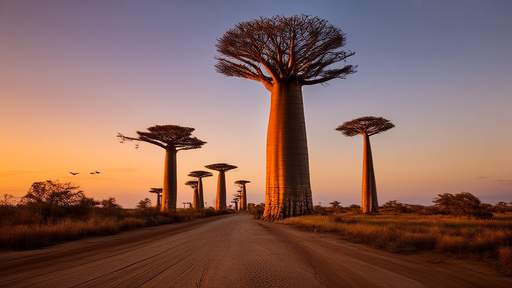
By /Jun 5, 2025